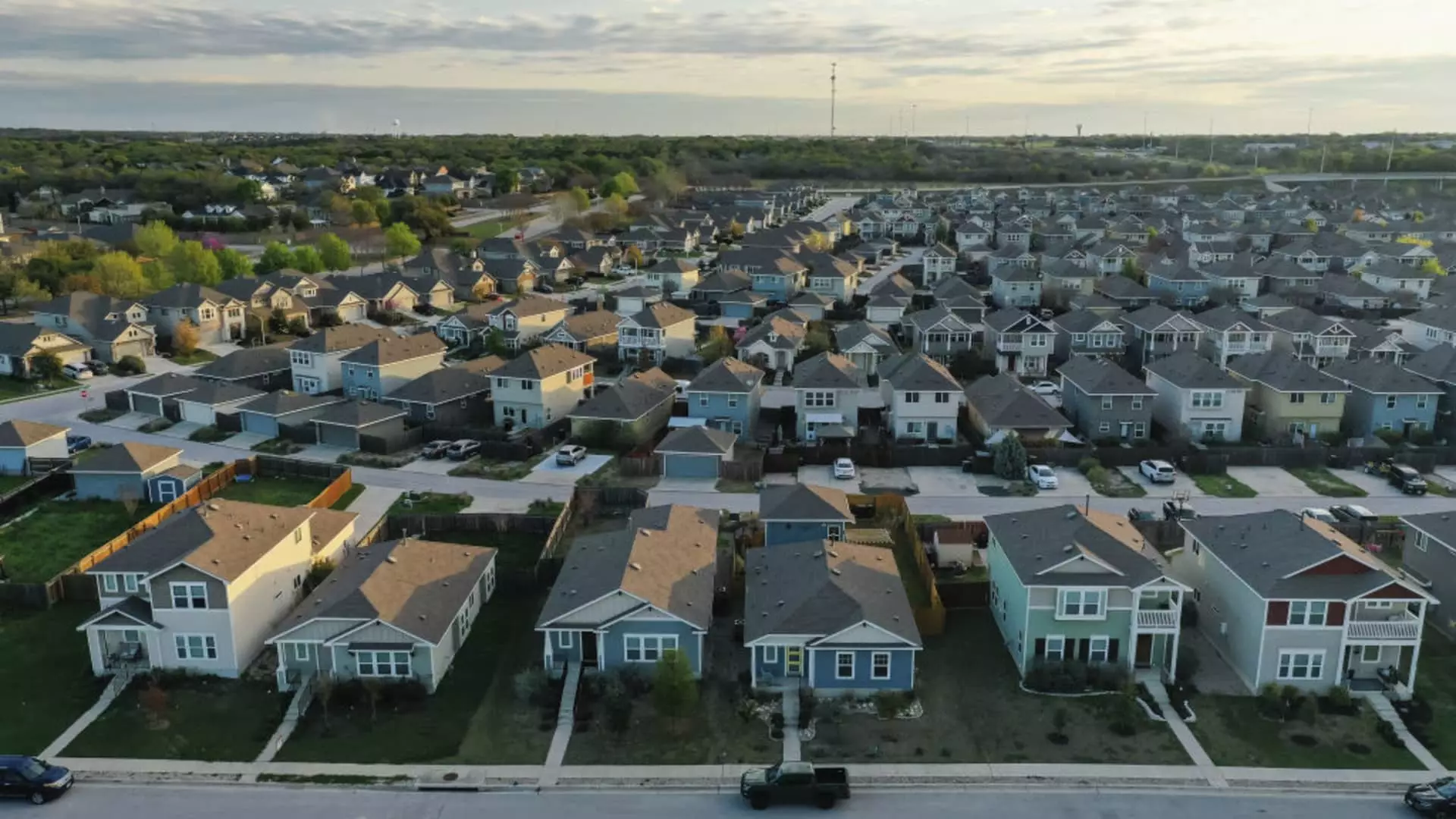Over the past few years, a seismic shift has occurred in America’s housing landscape: renting is rapidly becoming the norm in the suburbs. An analysis by Point2Homes revealed a staggering increase in the rental market, with suburbs around major U.S. metropolitan areas seeing a surge in rental households. This trend underscores a critical takeaway: homeownership is increasingly out of reach for many. The grim financial reality facing potential homebuyers has forced families into the rental market, as owning a home slips further from their grasp.
Between 2018 to 2023, 15 suburbs transitioned from predominately owner-occupied to majority-renter communities. This shift is not merely a statistic; it represents a fundamental change in how American families navigate housing. With mortgage rates climbing under 7%, the allure of homeownership is diluted as families weigh the mounting costs versus the benefits. This is particularly pronounced in fast-growing regions like Dallas and Miami, but it extends even to established Northeastern locales such as Boston and Philadelphia.
Suburban Life Beckons, but Affordability eludes
The suburban dream has long been synonymous with spacious homes and family-friendly environments. Yet, the dream is fading as the affordability crisis intensifies. Mark, a suburbanite outside Chicago, highlighted a critical dilemma: the property he has rented for three years is now financially inaccessible to buy. He estimates that purchasing a comparable home would spike his monthly housing costs by 30%. The mounting pressure to find affordable housing is leading individuals like Mark to contemplate relocating, a move that suggests not just economic desperation but a significant disruption to community cohesion.
In places like Lake Villa, Illinois, renters are desperate to transition into homeowners but are thwarted by soaring prices. Andrew Decker’s anecdote of longing for a home priced at $340,000 reflects a widespread sentiment: families want stability but are shackled by the harsh reality of market conditions. This isn’t just about economic projections; it is about people’s lives and their dreams being thwarted by a system that seems increasingly rigged against them.
Community Impact: The Forgotten Consequences of Rental Growth
The suburban rental boom has implications that extend beyond individual frustrations. Experts warn that as families are pushed farther from urban centers, they also drift away from vital resources such as public transportation and employment opportunities. Tara Raghuveer from the Tenant Union Federation poignantly notes how displacement can jeopardize childcare access and social connectivity—two crucial aspects for families aiming to thrive. The idyllic image of suburban life is consequently altered; families may have yards and larger living spaces, but they could find themselves isolated in a community devoid of vital connections.
Landlords and property developers are quick to champion the conveniences of renting. Freedom from mortgage payments and maintenance responsibilities presents a compelling case for many. Still, the arguments made by housing executives ring hollow when considering the overall community health. While they celebrate newfound developments, they ignore the need for robust infrastructures that cater to families and individuals, allowing them to integrate fully within their communities. This approach leaves a gaping hole in social capital, which is essential for community sustainability.
Rethinking the Future of Housing: The Rise of Suburban Mixed-Use Developments
Despite the grim dynamics of housing affordability, there is a silver lining on the horizon. Economists like Jay Parsons stress the emergence of “suburban downtowns,” which offer a fusion of urban amenities and suburban living. These mixed-use developments are increasingly attractive to families looking for the best of both worlds; they provide a semblance of urban convenience while maintaining the personal space that the suburbs traditionally offer.
This unique development strategy could help fill the void left by soaring home prices and the demographic shifts occurring in suburbia. But it will require a reimagining of suburban life, embracing not just the physical structure but also the socio-economic landscapes in which people live and work.
The question remains whether this will be enough to rectify the housing crisis. As affordability woes loom large, one can only hope that the shift toward suburban rentals does not distance us from the connections that form the bedrock of community life. While renting may provide temporary relief, it cannot substitute the stability and roots that homeownership offers by any true measure of family and community well-being.


Leave a Reply